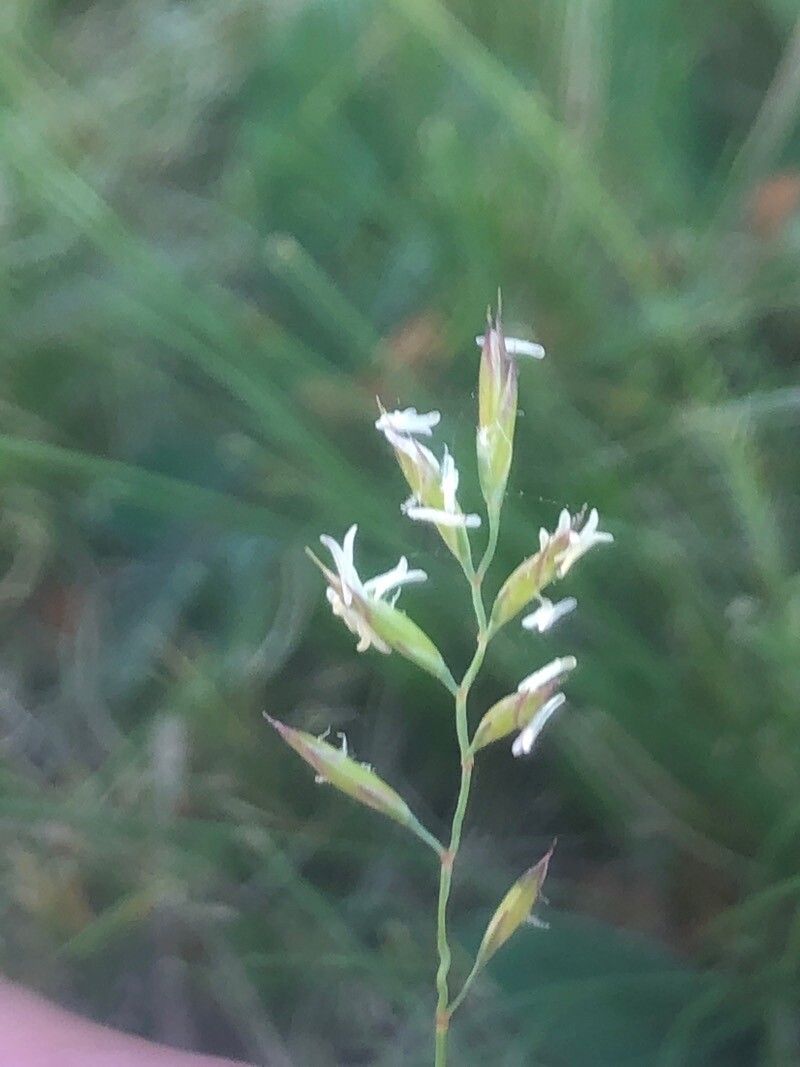Propagating Festuca indigesta: A Challenging but Rewarding Endeavor
Festuca indigesta, commonly known as hard fescue or mountain fescue, is a hardy, clump-forming grass prized for its drought tolerance, adaptability to poor soils, and attractive bluish-green foliage. Its resilience makes it a popular choice for landscaping in challenging environments, particularly in rock gardens and slopes. However, propagating this tenacious grass presents unique challenges compared to more common garden varieties. Its popularity among keen gardeners is often matched by a degree of frustration when attempting propagation, making success all the more rewarding.
Seed Germination:
Currently, there are no known reliable methods for seed germination propagation of Festuca indigesta. While Festuca indigesta does produce seed, germination rates are notoriously low, often hampered by dormancy mechanisms and the need for specific environmental cues. Attempts at scarification or stratification have yielded inconsistent results, making seed propagation impractical for most gardeners.
Cuttings:
Cuttings are also generally considered unreliable for propagating Festuca indigesta. The grass’s tough, fibrous nature makes it difficult for cuttings to root successfully. While some limited success might be achieved using specialized rooting hormones and high humidity conditions, the low success rate makes this method impractical for large-scale propagation or the average home gardener.
Division:
Division is the most reliable and practical method for propagating Festuca indigesta. This involves carefully separating established clumps into smaller sections, each containing several healthy shoots and roots. The challenges lie in ensuring each division has a sufficient root system to establish itself successfully. Overly small divisions may fail to thrive.
- Challenges: Carefully separating the tightly interwoven root system without damaging the plant is crucial. Using sharp, clean tools minimizes damage and reduces the risk of disease transmission.
- Practical Tips: The ideal time for division is during the spring or early autumn when the plant is actively growing. Dig up the entire clump, gently tease apart the roots, and replant the divisions in well-drained soil. Ensure adequate watering during establishment.
- Rewards: This method guarantees genetically identical plants to the parent plant, preserving desirable traits. It also allows for relatively quick propagation, compared to other methods.
Tissue Culture:
Tissue culture offers a potential, albeit specialized, method for propagating Festuca indigesta. This laboratory-based technique uses small plant tissues to grow numerous clones in a sterile environment.
- Challenges: Tissue culture requires specialized equipment, materials, and expertise. It is a time-consuming and often expensive method, unsuitable for most home gardeners. Establishing sterile conditions and developing suitable culture media are critical.
- Practical Tips: This technique is best left to experienced plant tissue culture laboratories.
- Rewards: Tissue culture offers the possibility of mass propagation and disease-free plants, valuable for commercial nurseries or conservation efforts.
Conclusion:
Propagating Festuca indigesta presents significant hurdles. While seed and cutting propagation are largely unreliable, division offers the most promising avenue for home gardeners. Tissue culture provides an alternative for large-scale propagation but requires specialized knowledge and resources. The challenges inherent in propagating this species, however, only enhance the satisfaction of successfully establishing new plants. The persistence required to overcome these hurdles fosters a deep appreciation for its robust nature and the unique beauty it brings to the garden. For aspiring propagators, patience, diligence, and the use of the division method are key to enjoying the rewards of cultivating this tough but rewarding grass.

